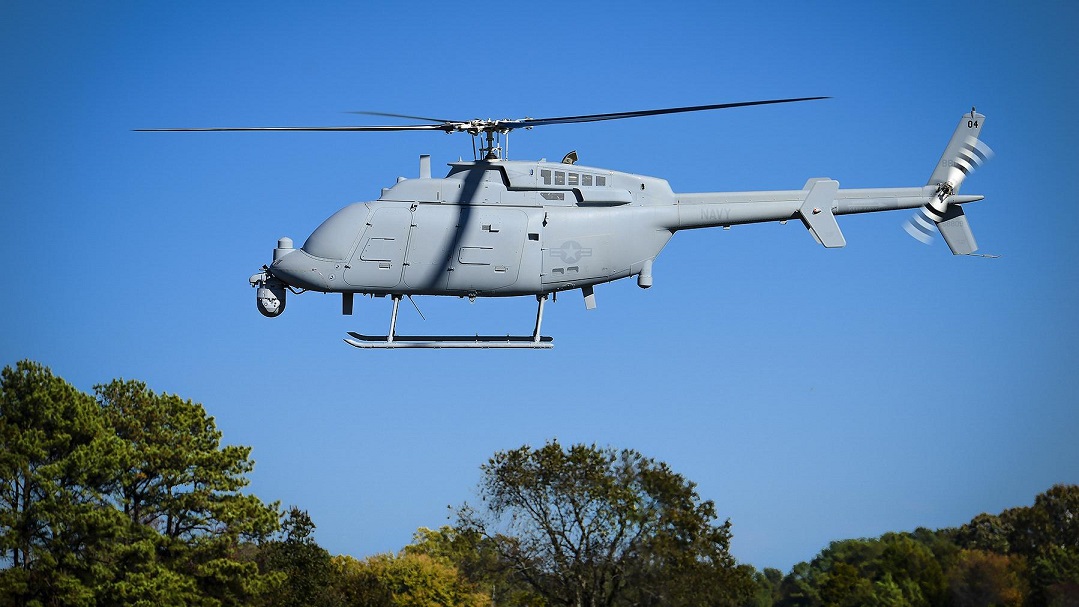This post is also available in:
 עברית (Hebrew)
עברית (Hebrew)
The U.S. Navy, with support from Northrop Grumman Corporation, commenced flight testing of the MQ-8C Fire Scout unmanned helicopter equipped with the Leonardo AN/ZPY-8 radar.
“The AN/ZPY-8 radar significantly increases Fire Scout’s detection and tracking of targets.
The ability to simultaneously employ multiple modes supports U.S. Navy intelligence, surveillance and reconnaissance requirements,” said Melissa Packwood, program manager, tactical autonomous systems, Northrop Grumman. “This increased capability enables Fire Scout to extend ranges to meet emerging requirements.”
Testing began with several weeks of ground test prior to the first flight and continues to progress as the Navy and Northrop Grumman consider mission expansion opportunities for the platform.
The Active Electronically Scanned Array (AESA) AN/ZPY-8 radar uses Minotaur Mission Processor software developed by the Navy and the Johns Hopkins Applied Physics Laboratory. The software, which began development in 2006 is deployed on a number of platforms, including Customs and Border Protection Super King Air 350ERs by Textron Aviation, Navy P-8A Poseidon surveillance aircraft by Boeing, and Coast Guard HC-130Js. The software allows the integration of multiple sensors and the cross-platform sharing of data, according to aviationtoday.com.
To date, Northrop Grumman has delivered 32 of 38 MQ-8Cs to the Navy, all of which will be retrofit with the AN/ZPY-8 radar. The MQ-8C achieved initial operational capability in June 2019 and is scheduled for its first deployment in 2021, according to uasvision.com.


























